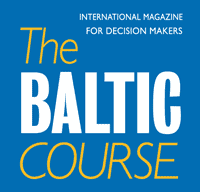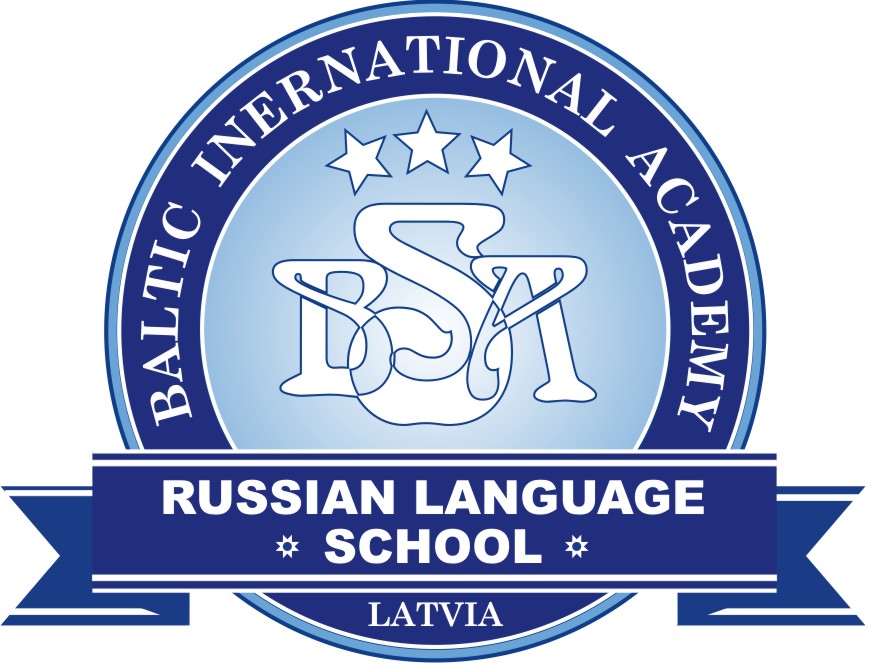Other events in Baltic States
International Internet Magazine. Baltic States news & analytics
Tuesday, 08.04.2025, 16:37
Nikolai Kormashov’s sacred modernity at the Kumu in Tallinn
 Print version
Print version
On Friday, 18 October an exhibition titled The Sacred Modernity. Nikolai Kormashov’s Paintings from the 1960s will open at the Kumu Art Museum. The exhibition focuses on the early, most explorative period in the work of Nikolai Kormashov (1929-2012), one of the leading figures of the 1960s generation of painters in Estonia. The exhibition is accompanied by a book, which provides Estonian- and English-language readers with the first through examination of Nikolai Kormashov’s body of work, informed BC Exhibition Curator Kädi Talvoja.
Nikolai Kormashov belongs to the so-called “Sixties Generation” in Estonia art, whose task it became to break free of the dogma of Stalinist Socialist Realism. The exhibition examines the artist’s work during the decade, his searches for contemporary forms and the development of his individuality. The exhibition focuses on his “thematic” paintings – a Soviet genre that is related primarily to commissioned art. However for Kormashov, thematic paintings were not just commissioned art. And in the middle of the decade, the artist created his most powerful and distinctive works in this genre.
Born in Russia’s Vladimir oblast, Nikolai Kormashov graduated from the Ivanovo Art School in 1951 and thereafter came to study at the State Art Institute of the Estonian S.S.R. Unlike many other art students who came to study in Tallinn from the various regions of the Soviet Union, he settled in Estonia and became one of the most respected painters of the 1960s. Kormashov’s work from the Sixties is primarily associated with the Severe Style – the main current of “Soviet Modernism.” Since, Old Russian icon art started to increasingly influence the artist’s work starting in the middle of the decade, the national characteristics of his paintings were amplified. Thus, in the case of his thematic compositions, one can also speak of era-related labour motifs as well the unexpectedness of icon aesthetics, but also about their enchanting synthesis.
Nikolai Kormashov’s oeuvre, which in addition to museums in Estonia and Russia, is represented in collections elsewhere, and his productive participation in cultural life brought him recognition in both the 1980s, when he was awarded the title of People’s Artist of the Estonian S.S.R., and in 1999, when he was awarded the Order of the White Star, 4th class of the Republic of Estonia.
The exhibition is accompanied by a richly illustrated book in Estonian, English and Russian. The book highlights the especially dynamic and impressing first decade of Nikolai Kormashov’s long artistic career. Retrospections are provided by Boris Bernstein, an internationally recognised art theoretician and critic who was close to the artist for a long time, and Kädi Talvoja, a younger generation art historian. The Cultural Endowment of Estonia provided a grant for the publication of the book.
The exhibition includes works from the Art Museum of Estonia, the Tartu Art Museum and Narva Art Museum, as well as from the artist’s family collections and those of other private collectors.
The Sacred Modernity. Nikolai Kormashov’s Paintings from the 1960s will be open at the Kumu Art Museum until 9 February 2014.









 «The Baltic Course» Is Sold and Stays in Business!
«The Baltic Course» Is Sold and Stays in Business!

